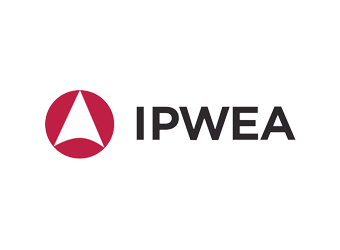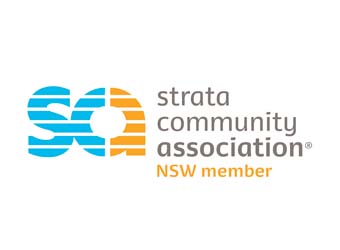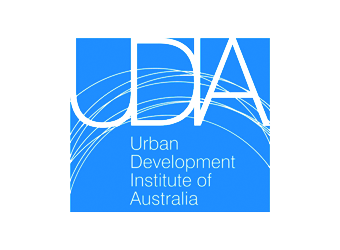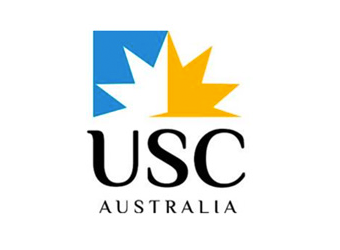Stormwater management is a team sport. Reducing stormwater runoff and pollution requires the collective effort of stormwater managers, local government, industries, and communities. To ensure the long-term health of our waterways, we need a holistic approach to controlling stormwater runoff—one that employs control measures to treat existing stormwater issues and one that addresses the source of runoff at the same time. Community education on stormwater impacts can play a significant role in both facets of stormwater management.
Raising Public Awareness to Reduce Stormwater Impacts
When we think about reducing stormwater volume and pollution, it is intuitive for us to think of solutions in terms of physical control measures and infrastructure. However, there is something to be said as well for investing in solutions that use social capital to ensure stormwater issues improve in the long-term. Social capital is the collective networks of relationships among the people that enable them to function better as a society. It gives community members the capacity to work together in resolving social and environmental problems.
The impacts of stormwater runoff affect everyone. However, increasing stormwater volume and pollution remains a largely invisible issue. They only become noticeable when it’s too late—when streets are inundated or when natural bodies of water are covered with algae blooms.Educating members of the public on how their daily activities can either help improve or exacerbate stormwater issues can help stem such impacts at source. Raising communities’ awareness about their role in protecting the health of local waterways can be a powerful tool for changing individual behaviours that contribute to stormwater pollution and volume.
Community Support and the Sustainability of Stormwater Infrastructure
The lion’s share of responsibility for ensuring that adequate stormwater control measures (SCMs) are in place falls on the shoulders of Councils. However, given the balance of other public infrastructure that Councils need to provide, funding for SCMs can lag behind budget allocations for sewage and drinking water infrastructure. In local government areas all around Australia, this challenge is compounded increasing urbanisation which leads to increased impervious surfaces and the subsequent rise in stormwater volume that Councils have to deal with.Councils needs to invest more in SCMs to keep up with their communities’ stormwater needs. But to justify more substantial budgets for stormwater infrastructure, Councils need the support of their community members. And in order to drive community support for stormwater infrastructure, people must first be aware of their importance. Therefore, educating communities about stormwater issues and control measures is essential to the long-term sustainability of stormwater infrastructure.As members of the stormwater industry, we can help increase public awareness of stormwater issues and control measures by making our work more visible. For instance, we can deploy educational signages that point out the presence of SCMs in public spaces and explain their function. We can also collaborate with local governments and non-profit organisations in holding public outreach and educational activities.

















